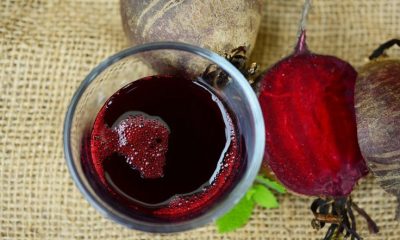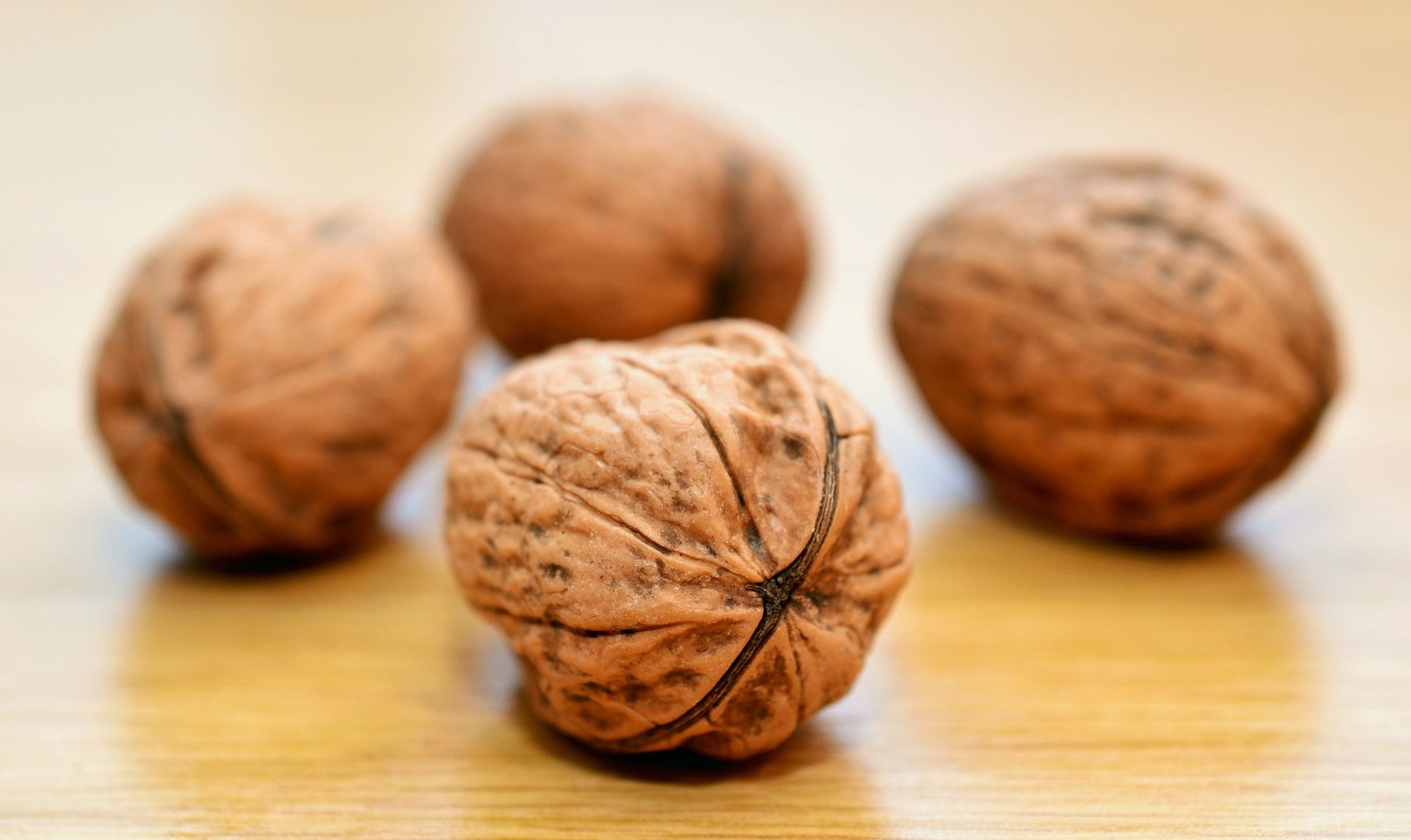A supplement derived from cruciferous vegetables may hold the key to fighting antimicrobial resistance, a new study suggests.
It’s well-known that green, leafy vegetables are very healthy. Rich in nutrients and fiber but low in calories, these vegetables’ ability to protect heart health and reduce cancer risk is well-documented, among other benefits.
A new study from a team of researchers at the Ben-Gurion University of the Negev has shown that these vegetables may also fight antimicrobial resistance.
Published in the journal Pharmaceutics, the study investigated a compound called 3,3,-diindolylmethane (DIM), a derivative of indole-3-carbinol found in cruciferous vegetables. It can also be taken as a supplement for muscle building and fat loss.
In general, the potential benefits of DIM supplements have not yet been supported through peer-reviewed research.
In the new study, the researchers investigated four gram-negative pathogenic bacteria since these have a high resistance to antibiotics. In all four bacteria, DIM reduced biofilm formation by as much as 80%.
“Biofilm formation was markedly inhibited by DIM in two of the pathogenic bacteria studied. Both were gram-negative bacteria. [It] would be nice to see if these data are similar in other important and gram-positive bacteria such as Staphylococcus aureus,” said Dr. Sarah Satola, an associate professor of medicine and infectious diseases and director at Emory University School of Medicine’s Investigational Clinical Microbiology Core.
Following their initial findings, the researchers focused on A. baumannii and P. aeruginosa, for these are multi-drug resistant. When combined with the antibiotic tobramycin, DIM inhibited biofilm growth of P. aeruginosa by 98%.
According to the researchers, the early findings from their experiments were very promising since they showed that DIM could be used in combinational therapy with antibiotics. Doing so enhances their potential to treat drug-resistant bacteria, indicating a new and potentially promising strategy for the eradication of biofilm complexes.
Other experts have also weighed in, stating that the study could point to a new therapeutic approach to the problem of drug resistance.
Last year, the World Health Organization called antimicrobial resistance “one of the top 10 global public health threats facing humanity.”
















